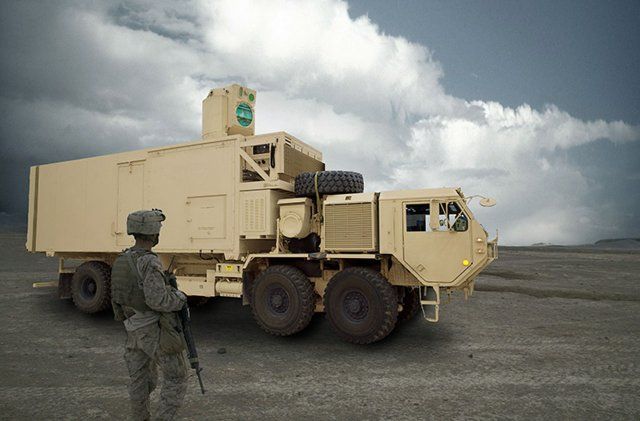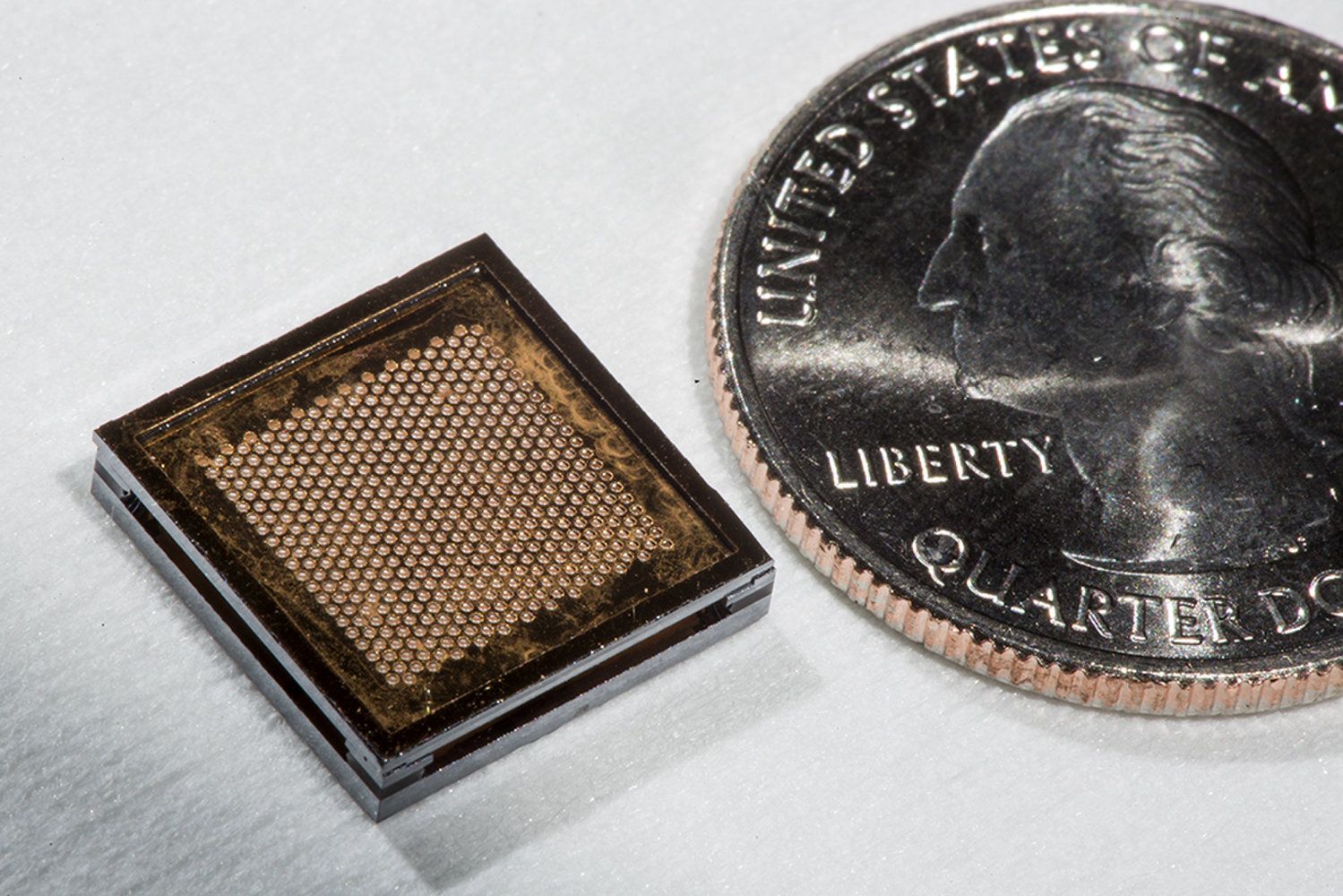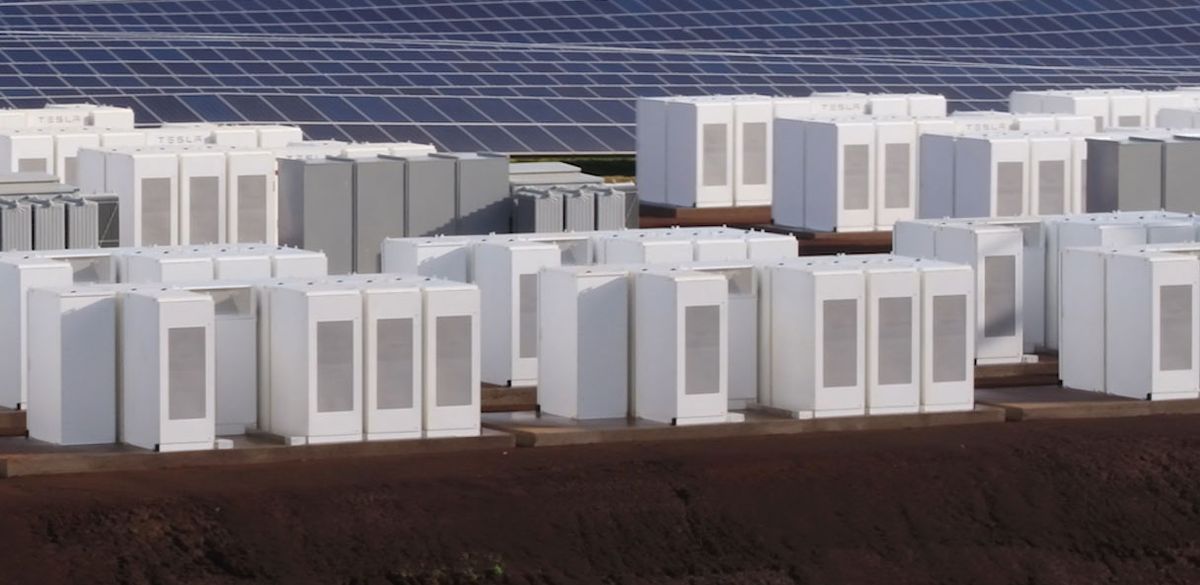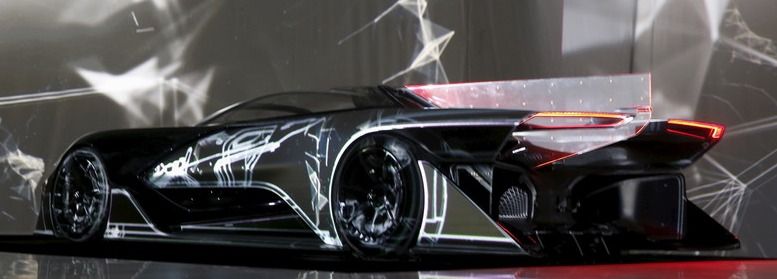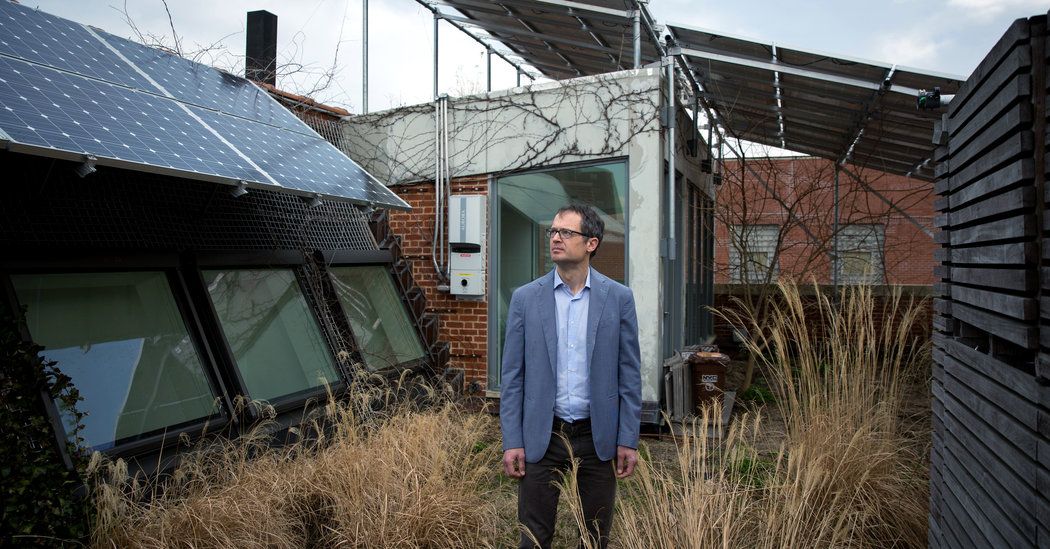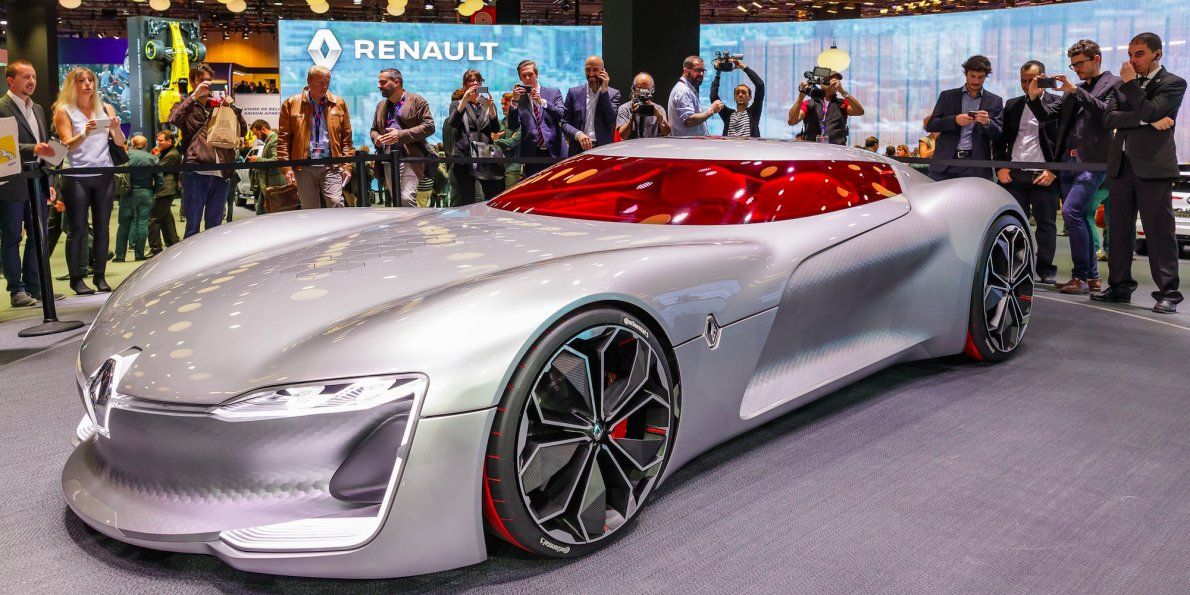REDSTONE ARSENAL, Ala. — The U.S. Army Space and Missile Defense Command/Army Forces Strategic Command announced the successful completion of the Factory Acceptance Test for the 60kW Spectrally Combined High Power Solid State Fiber Laser program March 16.
During the testing conducted last week, the laser demonstrated a sustained power of 57.5kW for a duration of 200 seconds with good beam quality. This level exceeds the contract threshold for success, and with the addition of three more channels planned before delivery, power will exceed the 60kW program objective.
This important technical milestone represents the first successful demonstration of a high power fiber laser at this power level for defense applications. After delivery, the laser will be integrated with the High Energy Laser Mobile Test Truck where it will be used in test environments to support analyses and studies related to warfighting applications.
